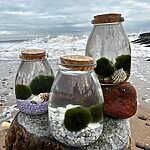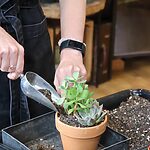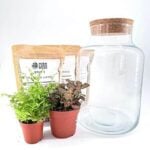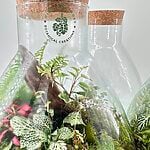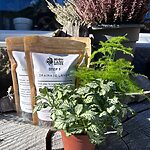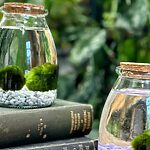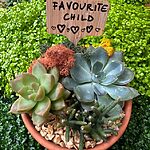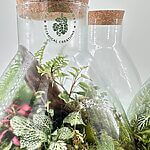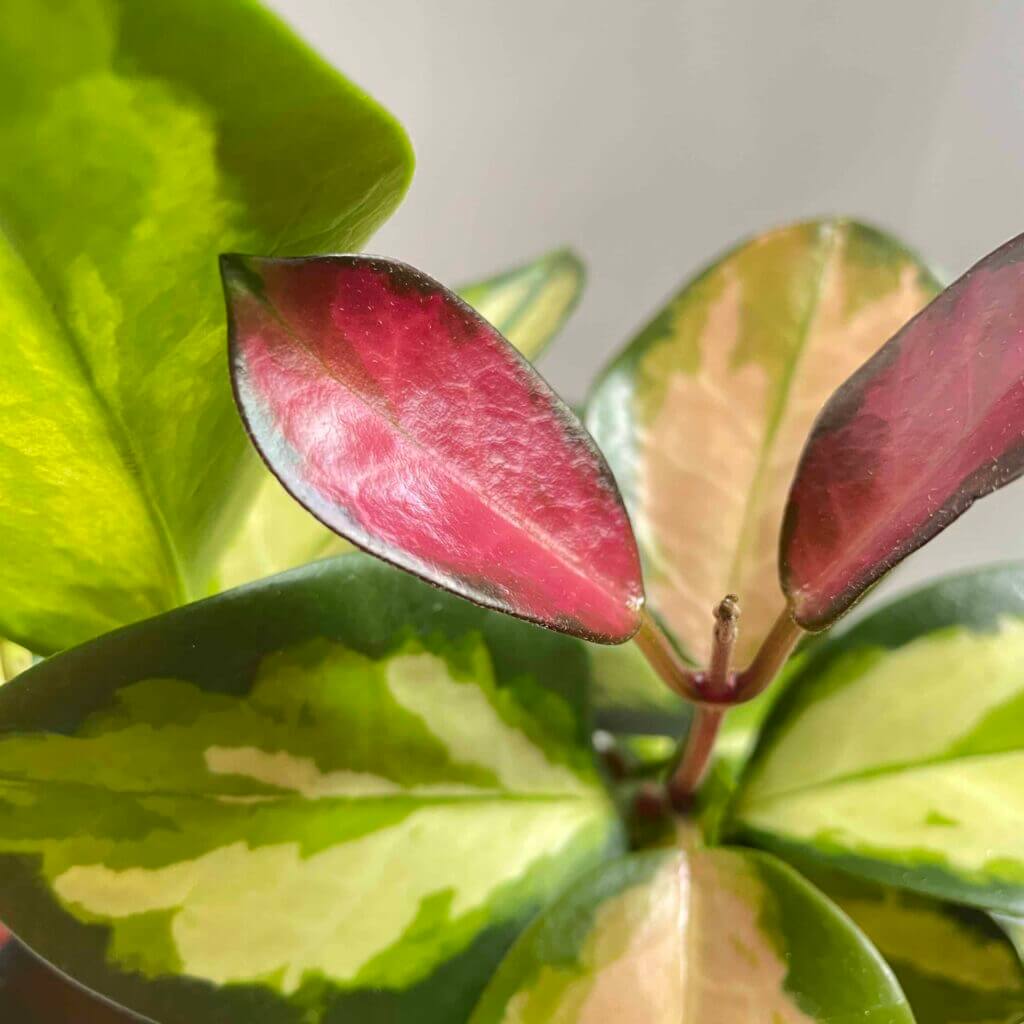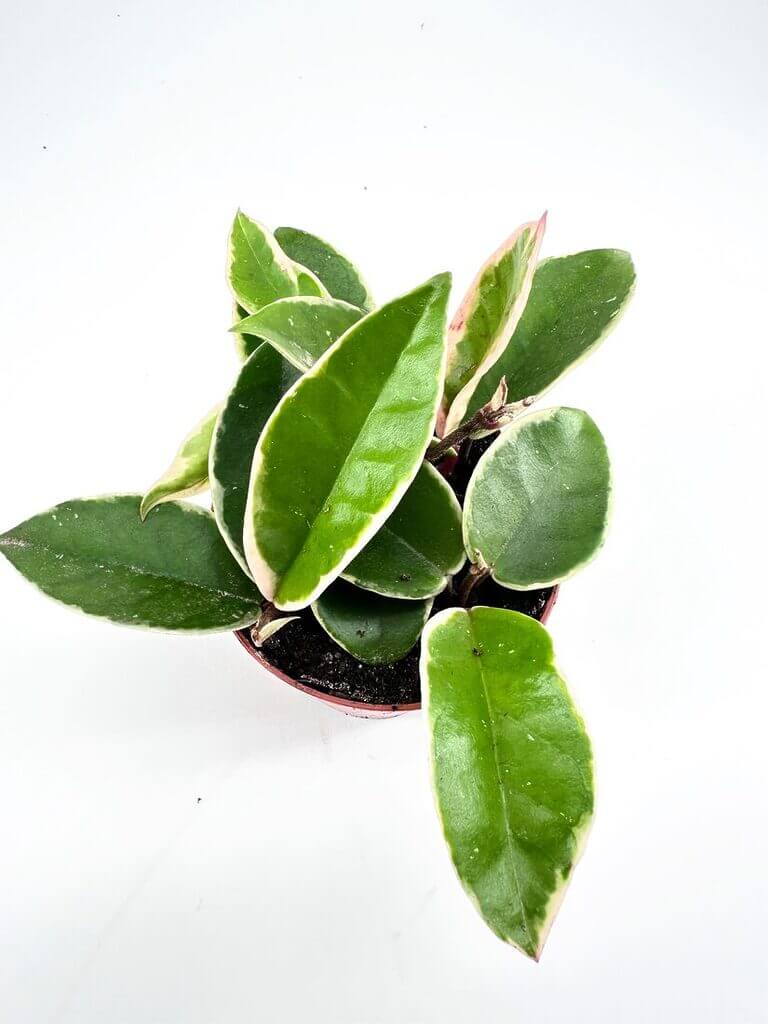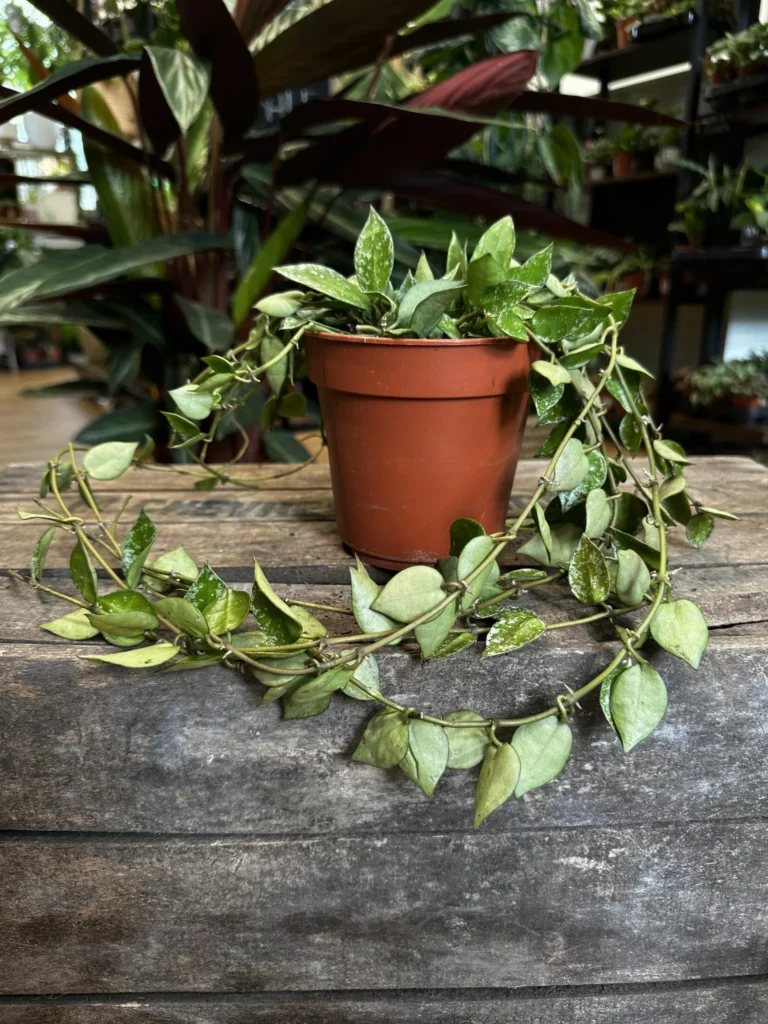If you are eager to learn more about this genus, you can read our more in-depth guide below.
All About Hoya
Habitat
There are over 500 recognised species included in the genus Hoya (the number varies greatly due to discrepancy within the group and new species being discovered). Most Hoya plants are originary from Asia, Australasia and the Pacific islands. The Hoya genus was named by botanist Robert Brown, after his also botanist friend, Thomas Hoy.
Hoya species are found in rainforest, coastal and cliff habitats, where they may grow climbing on other plants (this pattern is also known as epiphytic), forming vines, and occasionally, shrubs.
Species
Given the large number of species included in this genus, attempting to gather a complete list of them would be a nearly impossible task in a brief article section.
Hoya leaves are succulent and vary greatly in length and shape. They can range from round as in our Hoya australis lisa, lanceolate as in Hoya bella or even heart shaped as in Hoya kerri.
Light Conditions
Hoya growing pattern makes them adapted to receive dappled or diffuse light that gets filtered by the plants they use to support themselves. This means that very bright direct sun light will burn the foliage of your plant.
That being said, certain species can tolerate more direct sun light and will change their colour (this is known as sunstressing). This should be performed with caution as too much sunlight damages the chlorophyll in your plant, affecting its metabolism.
Use the slider on the picture to see one of our Hoya Sunrises before and after undergoing sunstressing.
Watering
Water when most of the soil is fairly dry, but not bone dry. The thicker, succulent-like foliage retains water and you might notice wrinkling of the leaves when the plant is very thirsty.
The frequency of watering will depend on your house conditions and your soil mix. In general, you will notice that your Hoya will not need as much water in winter.
Humidity
Most Hoyas will be satisfied with humidity levels around 50%. Some species might need slightly higher levels around 60-70%, but overall your Hoya will be happy with your normal household humidity.
Pests
Hoyas are slightly susceptible to mealybug, glasshouse whitefly and scale insect (pests that feed on the sap of the plant). You can find information about prevention and treatment in our pest guide here.
Soil
Hoya prefers to be on the rootbound side in a nicely airy mix. If the soil is highly moisture retentive, your plant will eventually develop root rot and die. Therefore, make sure you add plenty amendments to your soil as orchid bark and perlite to allow good drainage and oxygen access to the roots.
Toxicity
Hoya plants are non-toxic to people and animals.
Troubleshooting
If you enjoyed this guide head over to Articles & Blogs to learn more or check out our YouTube for even more useful information!


